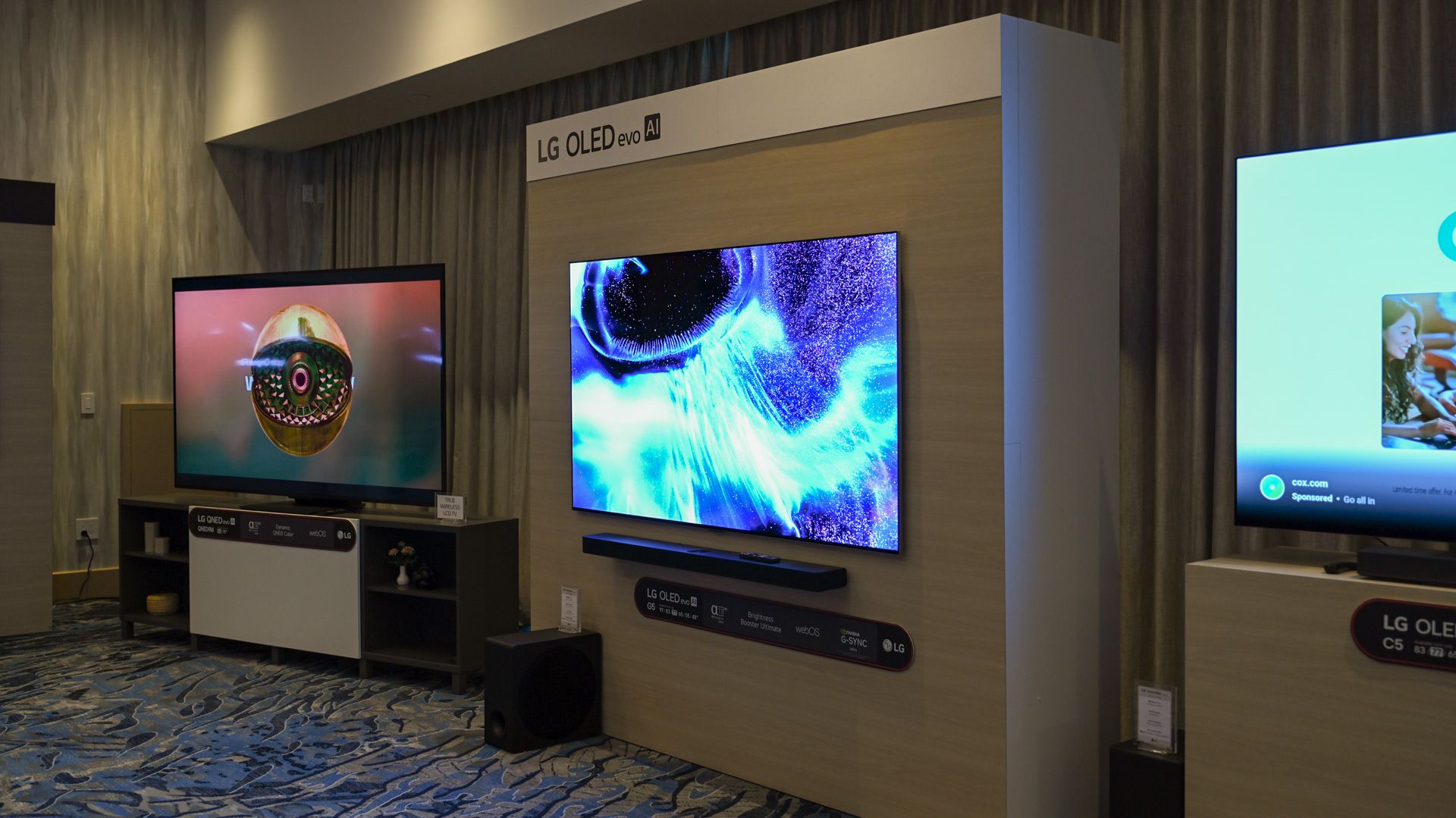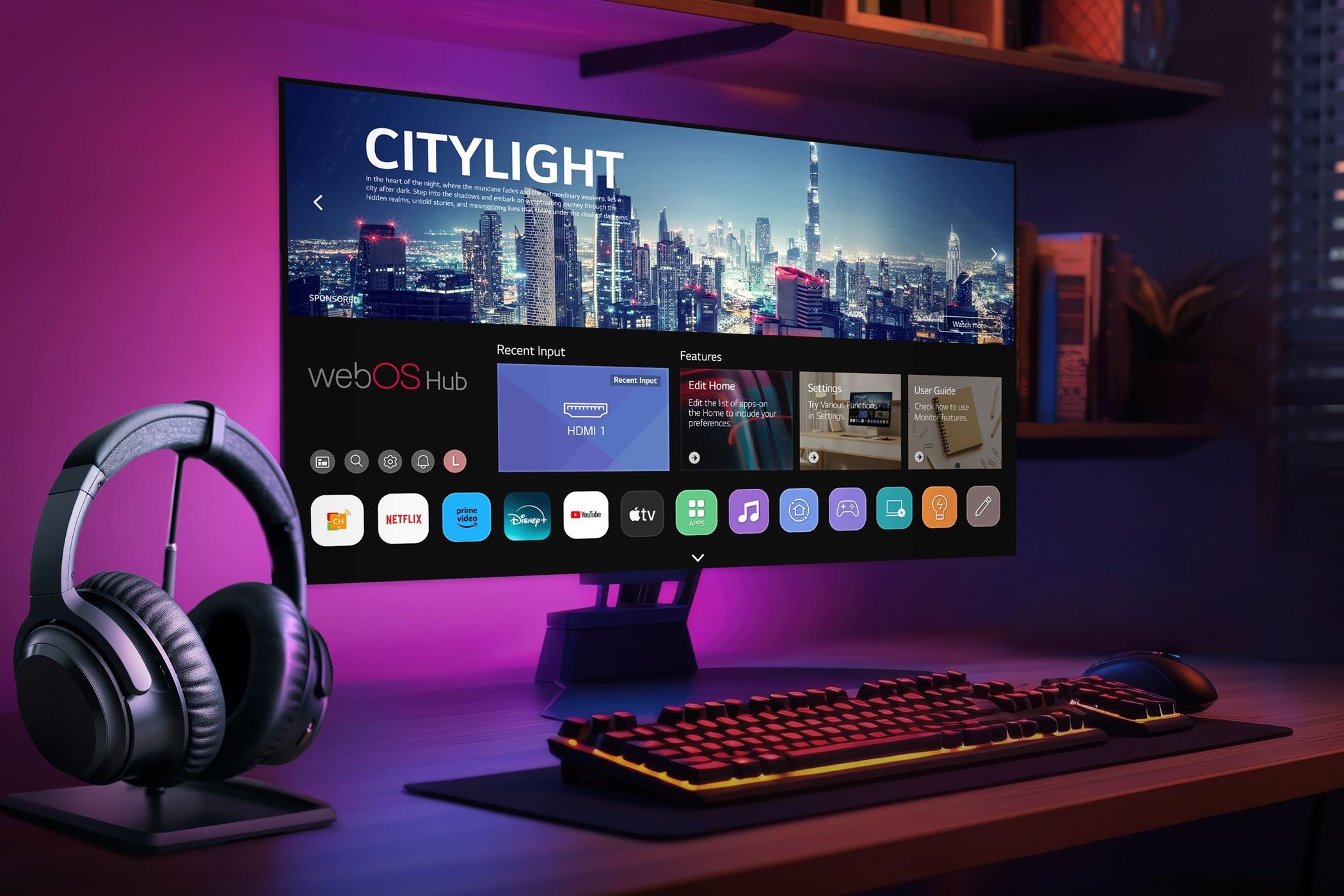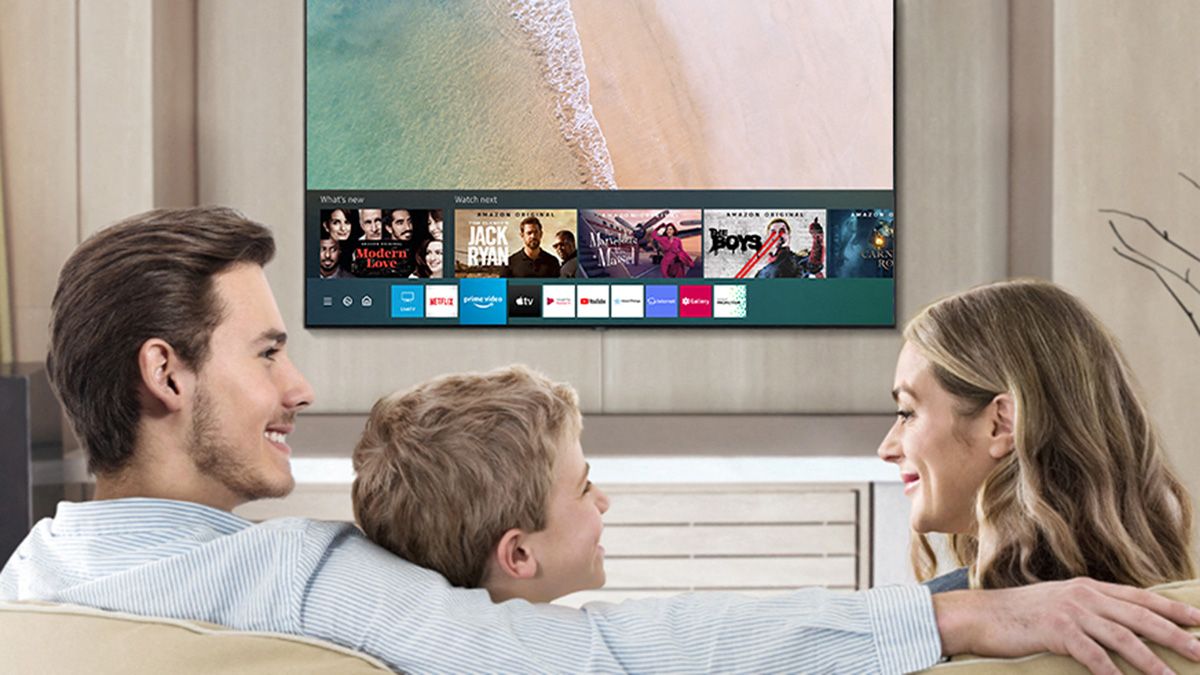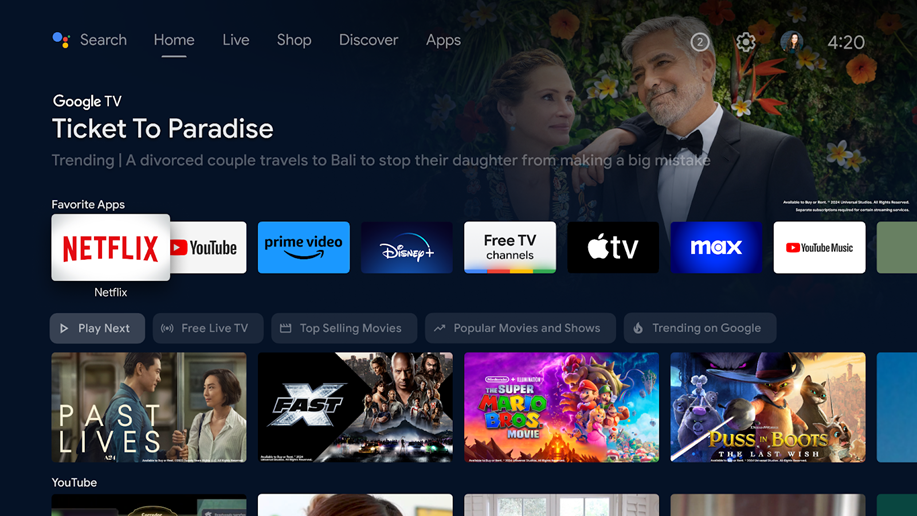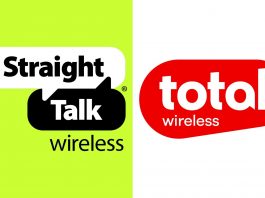Many of us have dreamed of running Linux on all the things, including our TVs. A decade ago, Ubuntu TV promised to make this a reality. What happened, and are would-be Linux TV viewers out of luck?
When Ubuntu Expanded Beyond Computers
2012 was an ambitious year for Canonical. Ubuntu was the most popular version of desktop Linux in the world, and Canonical was the company that made that happen. Now it wanted to expand Ubuntu beyond desktops, laptops, and servers. Ubuntu was to also appear on netbooks, phones, tablets, and, yes, even TVs.
Naturally, you couldn’t just take existing Linux software and place it on all of these different devices. Canonical needed new software, so it created the Unity interface.
Unity first appeared in the Ubuntu Netbook Remix in 2010, and it became the new desktop paradigm for the standard version of Ubuntu in 2011. In 2012, Unity appeared in its first long-term support version of Ubuntu, version 12.04, which Canonical would support until 2017.
Canonical’s vision for Unity was to create an interface that would adapt to different screen sizes as needed. The Unity that you used on your computer would resemble the Unity on your phone, which would resemble Unity on your TV. The apps you used would simply adapt as needed, as would different parts of the Unity interface itself.
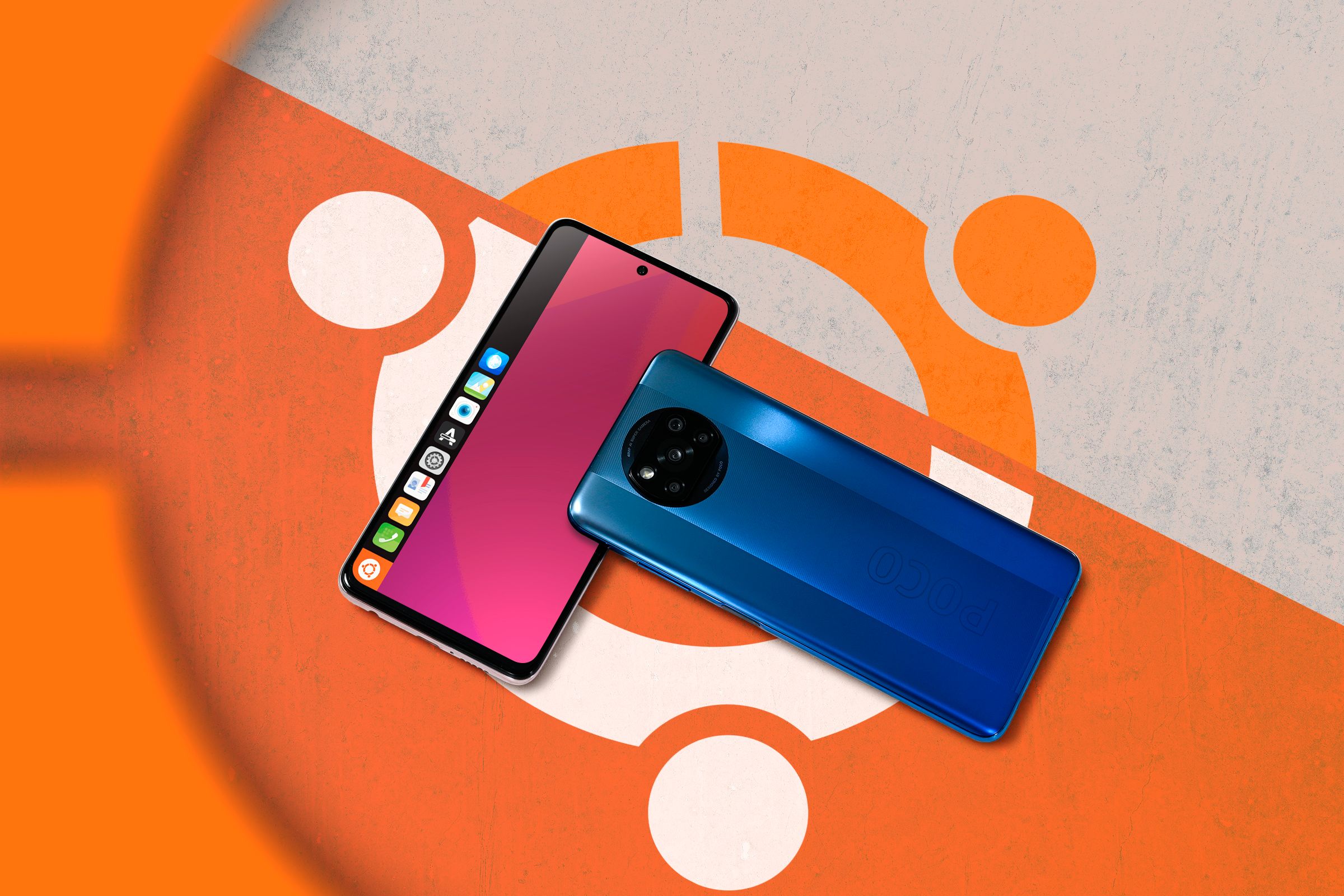
Related
I Tried Running Ubuntu on My Phone, Here’s How It Went
Is Ubuntu Touch good enough to replace Android?
The TV Interface That Never Was
At CES 2012, Canonical showed off Ubuntu TV to the world. The company promised a multimedia experience where you would no longer need to switch between apps to watch different shows. Instead, shows would appear directly in Unity. You would be able to browse, stream, and purchase videos all in one place.
The demo Canonical showed off at CES looked familiar. In fact, it looked a lot like the existing interface on desktop Ubuntu. That’s because the software Canonical needed to make Ubuntu TV a reality didn’t exist yet. Instead, the company threw together a proof of concept.
Ubuntu TV was widely covered at the time, including by The Verge.
When you go back and watch demos from the show floor, you aren’t actually looking at footage of a functional TV. You’re instead looking at a computer monitor running a clickable demo of what different parts of Ubuntu TV might look like if they were developed.
Canonical representatives said the company was in talks with TV vendors to see who might be interested in shipping Ubuntu TV. Judging by the fact that no Ubuntu TVs ever came to market, there doesn’t appear to have been much interest, if there was any at all.
How Ubuntu TV Fell Apart
Canonical’s vision couldn’t be powered by the existing version of Unity. That was a patched together bit of different technologies that were explicitly designed for computers.
To make Ubuntu something that could run on many different form factors, Canonical decided it would build all of the software it needed. This meant rebuilding Unity from scratch in a way that the same code could be run on PCs, phones, and TVs alike. If that sounds like a big undertaking, well, it was just one in a series of major undertakings.
Alongside Unity, Canonical also decided to build its own display server, responsible for drawing everything you need on your screen. Canonical also started to develop its own software distribution format, known as snap.
In the end, that was difficult, expensive work. Not only was it hard, but there didn’t seem to be that much interest, either.
There was a lot of excitement, relatively speaking, for Ubuntu Phone. The promised Ubuntu Edge device raised over $10,000,000 on Indiegogo at the time.
The Ubuntu Phone development mailing list had over 100 times more activity than the Ubuntu TV one. Yet at this time, Canonical was also catching a lot of flak for going its own way.
The Linux ecosystem is built on a foundation of collaboration, and rather than putting resources toward shared tools, Canonical was building its own. This came back to bite Canonical, when the full cost of this development work was being felt and there were few other companies or communities invested in the success of these projects.
So the software that would have powered Ubuntu TV never materialized. In 2017, half a decade after Ubuntu TV, Ubuntu founder Mark Shuttleworth announced in a blog post that Ubuntu was ending its work on Unity, including “the phone and convergence shell.” Ubuntu TV didn’t even get an official mention, but this was the closest Canonical got to announcing the initiative was dead. By this point, everyone already knew. As early as 2013, there were already forum threads asking whatever happened to Ubuntu TV?
Your TV Runs Linux Anyway
While we shed a tear for what could have been, let’s not lose sight of the reality that even with Ubuntu’s failure to enter the market, Linux still dominates smart TVs.
WebOS
WebOS has had a storied and tumultuous past. The project was born in 2009 as a Linux-based OS for the Palm Pre and other Palm devices soon to follow. One year later, HP bought Palm and got webOS as part of the deal. The company completely mismanaged its attempt at releasing Palm on consumer devices.
LG acquired webOS in 2013 for the purpose of slapping the software inside of its smart TVs. webOS continues to power smart TVs as well as gaming monitors, including those unveiled at this year’s CES. And while the devices may not appear any less locked down than others, LG actually does provide an open source edition of webOS to developers.
Tizen
Tizen began as a project known as MeeGo, a project born from combining Intel’s Moblin OS (developed for netbooks), Nokia’s Maemo (for phones and tablets), and bits from Samsung’s Bada mobile OS. Samsung and the Linux Foundations are the two primary names behind Tizen, though there are other companies affiliated with the Tizen Association.
Tizen has since appeared primarily on TVs and wearable devices. Samsung Galaxy Watches ran Tizen until the Galaxy Watch 3. Samsung TVs, however, have run Tizen since 2015. In 2024, Samsung updated Tizen with One UI to have visual consistency with Galaxy phones.
Much of Tizen remains open source, though there are proprietary components. The interface that you see when you turn on a Samsung TV? That’s all locked down.
Let’s Not Forget the Android-Based TVs
Android TV
Most TVs that don’t explicitly run Linux are Android-based. Many TVs come with Google TV or Android TV, which just like Android phones, ultimately runs on top of the Linux kernel.
Amazon’s Fire OS is also based on Android, and therefore Linux. Amazon has announced plans to transition away from Android to its own Vega OS, which is Linux-based as well.
The promise of Ubuntu TV wasn’t the satisfaction of knowing your TV had the Linux kernel tucked away inside. It was the possibility of having as much control over TVs that we have over our Ubuntu PCs. Sadly, even though Linux is more prevelent on TVs than it has ever been on desktops, they remain far from being free and open source devices.

